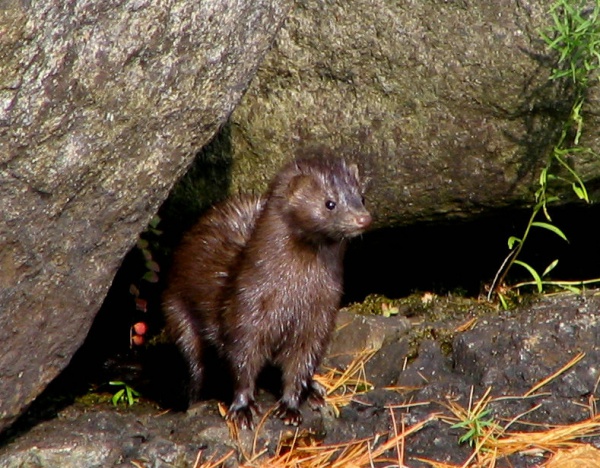Facts About Mink
Minks are captivating carnivorous mammals belonging to the Mustelidae family, which also includes weasels, otters, and ferrets. They are classified under the genera Neovison and Mustela. Today, there are two primary species of mink: the American mink and the European mink. Additionally, a now-extinct species, the sea mink, was related to the American mink but was notably larger.
The American mink is generally larger and more versatile than the European mink. Due to its luxurious fur, the American mink has been extensively farmed for clothing, prompting significant controversy and activism from animal rights groups.
Interestingly, minks have been introduced to regions such as Europe and South America, often through escapes from fur farms or deliberate releases by activists. This has created ecological challenges, particularly for the native European mink, which faces competition from the more adaptable American mink. In response to these invasive populations, trapping is frequently employed as a management strategy.
Mink oil, extracted from these animals, is another valuable product and is used in various medical products, cosmetics, and leather treatments.
Minks exhibit a unique reproductive trait known as delayed implantation, which affects their gestation period. They typically give birth to litters of 6 to 10 kits. In captivity, minks can develop abnormal behaviors, or stereotypies, due to their confined conditions. To mitigate this, environmental enrichments are often provided to improve their welfare.
Minks can live up to ten years, and their diet is diverse, including fish, small mammals, birds, and eggs. They have several natural predators, such as owls, bobcats, foxes, coyotes, wolves, and humans.
Minks are usually found near water and are highly territorial, often aggressively defending their territories against intruders. They live in distinct territories and favor waterside habitats. Recently, a technique called "minkenry" has been developed, in which trained minks are used to control pest populations.

 Norway
Norway